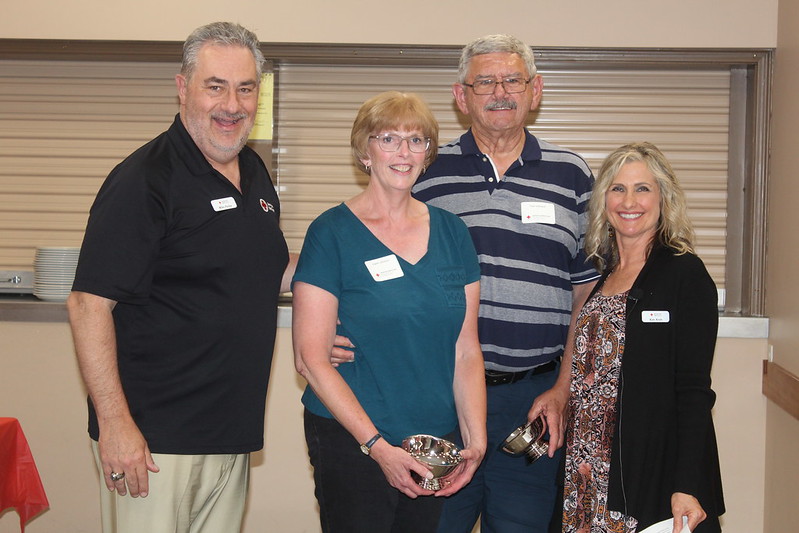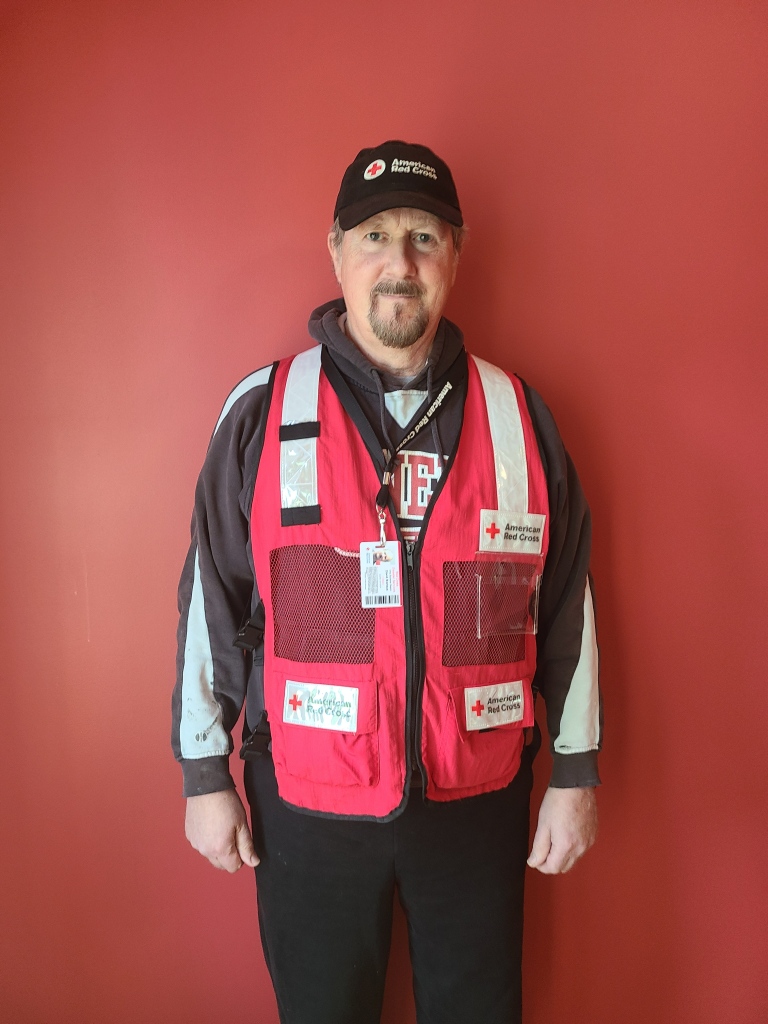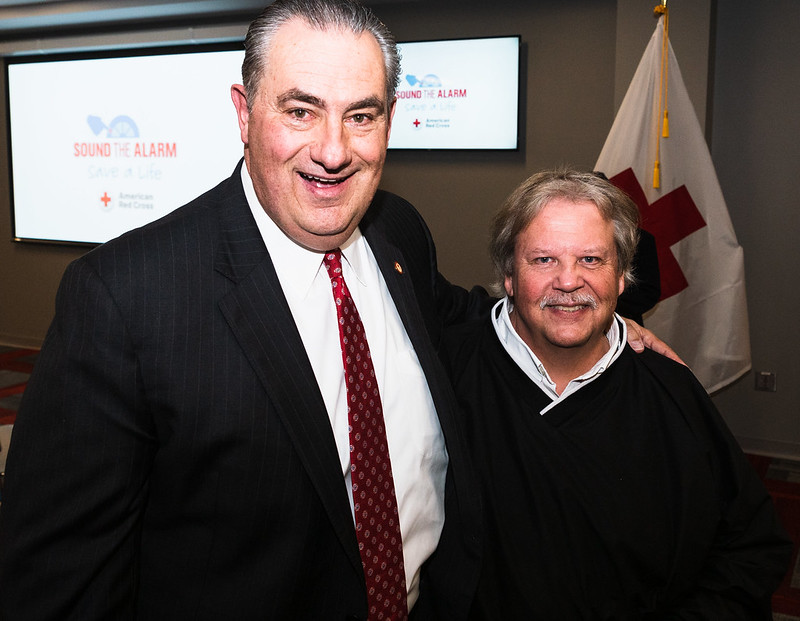Engaging the next generation of volunteers
By Samantha Pudelski, American Red Cross volunteer
You may know that 90% of the American Red Cross workforce is made up of volunteers. You also may be aware that there are various roles in which someone can serve the organization. Today, we want to share another aspect of the Red Cross that you may not be as familiar with—our Red Cross Clubs and our club coordinators who help support them.
Red Cross Clubs support the overall mission of the Red Cross, engaging with key local, national and international issues. Any school age or college student can start a club, with the support of the Red Cross and their school. In the Northern Ohio Region, there are 12 clubs at various high schools and colleges.
Wesley Leong is one of two Red Cross club coordinators who support the region. His passion for the Red Cross Clubs and the organization as a whole is evident the minute he starts talking about it. Wesley works with new and existing clubs, acting as their primary source for any questions, advice or support they need. Typically, he meets with each club’s officers once a month to get an update on their activities. With new clubs, he meets regularly with their leadership to develop a charter and help brainstorm ideas to help establish the club and lay a solid foundation for success. He also acts as a liaison between each club’s officers and the Red Cross Northern Ohio Region, helping navigate any needs that may arise.
Clubs are required to create and hold various mission projects through the year that support the different areas of service in the Red Cross. This school year, some of the events that have taken place include blood drives, volunteering with veterans and completing CPR training.
Wesley has volunteered with the Red Cross for about four years. During the pandemic, he learned about the work done by the Red Cross for natural disasters—in response when disasters strike and how they educate communities to be prepared before they hit their area. This work inspired him to start his own club at Revere High School in Richfield. His club’s first mission project was organizing a gift drive to collect items and create care packages for veterans. The club continues to grow and support the Red Cross.
When asked what was his favorite part of being a club coordinator, he cited all of the different people he gets the opportunity to work with, from the various clubs to the employees and volunteers who support the Northern Ohio Region. He also has the opportunity to see all of the work being done by the clubs in the region and how they impact our community.
For those interested in starting their own Red Cross Club, Wesley highly recommends doing so. “It gives you volunteer and leadership experience, and you can help the community.”
You also have the opportunity to see how different areas of expertise come together to support the Red Cross, from clinical volunteers to even law. It can help individuals find different volunteer opportunities and gain experience in the areas they want to pursue for their future career.
Wesley’s final thoughts sum up his dedication to the Red Cross perfectly. “If you are interested at all in joining the Red Cross as a volunteer, don’t miss out on the opportunity. It will impact so many people around the world and in your community.”
Edited by Glenda Bogar, American Red Cross volunteer
Posted by Ryan Lang, American Red Cross board member and volunteer

























